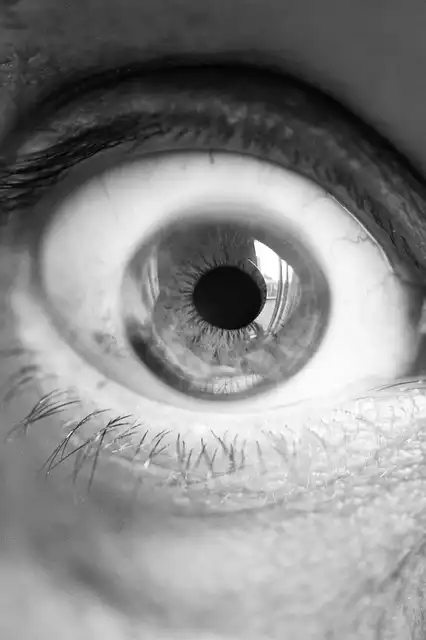Enhanced Vision: Infrared Light Made Visible with New Nanoparticle Lenses

New nanoparticle lenses convert near-infrared light into visible light, potentially enhancing vision in low-light conditions, aiding smart devices, and benefiting those with color blindness. The technology promises slimmer, lighter night vision.
Night vision is the most noticeable application, the innovation could also enhance presence in foggy or messy settings. Smart devices can use it to help during emergencies, and users can obtain details encoded in infrared light. The innovation might likewise benefit people with color loss of sight.
Miniaturized Night Vision: Slim Eyewear
Positive: While night vision is typically connected with cumbersome safety glasses that present just single images, recent experiments recommend the modern technology can be miniaturized for daily eyewear. New applications of slim, light-weight filters might allow human beings to view both infrared and noticeable light all at once.
Although the experimental lenses do not yet offer a sharp infrared image, particularly made glasses incorporating this innovation can boost image high quality, and nanoparticle growth is continuous. Interestingly, using the lenses permits near-infrared light to be seen despite shut eyes, as infrared light passes through eyelids better than noticeable light– making near-infrared info clearer.
Evening vision is the most noticeable application, the modern technology can likewise improve presence in foggy or messy settings. Smart tools might use it to assist throughout emergencies, and wearers might receive info inscribed in infrared light. The research study parallels a paper published last year by Australian researchers, that used metasurface-based upconversion innovation to show eyeglasses that merge infrared and visible light.
Get in touch with lenses and spectacles could someday enable individuals to see past the natural visible light spectrum. Glasses outfitted with this special modern technology holds guarantee for boosting visibility in challenging conditions and introducing new methods to communicate details.
How Nanoparticle Lenses Work
The research, released in Cell, explains how upconversion nanoparticles convert light simply outside the noticeable range– referred to as near-infrared– into visible red, environment-friendly, and blue light. Test subjects putting on the lenses were able to detect previously undetectable colors and view near-infrared beams.
Revealing the Invisible: Experiments
The research parallels a paper released in 2014 by Australian researchers, that made use of metasurface-based upconversion technology to show eyeglasses that merge infrared and noticeable light. Their goal: to produce thinner, lighter, and extra sensible evening vision equipment. Continued research study intends to expand access to more of the infrared range.
In the image above, the lenses alter how letters show up under near-infrared light (bottom) contrasted to visible light (top), in one instance exposing a previously concealed letter. In an additional experiment, mirrors that appeared monochromatic in noticeable light ended up being extra vibrant under near-infrared, while those revealing shade in visible light changed shades under NIR.
1 color blindness2 enhanced vision
3 infrared light
4 nanoparticles
5 night vision
6 visible light
« Altman & Ive’s AI Hardware: A Mystery Device?Trump’s iPhone Ultimatum: Made in USA or 25% Tariff »
